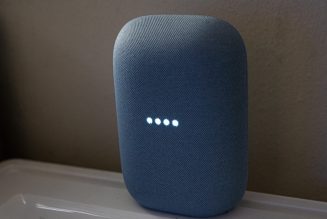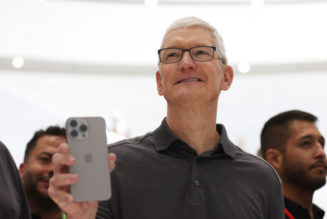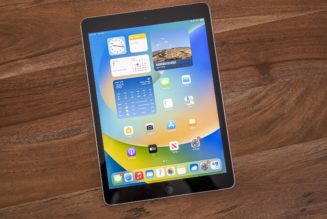You can use your PC’s speakers or a wired headset, but Bluetooth earbuds and headphones are a no go (for now).
Share this story

After a few months of testing the feature, Microsoft has widely rolled out spatial audio for its Teams desktop app on Windows and macOS. Similar to what Apple has done with FaceTime, Microsoft’s implementation of spatial audio makes it so that voices of everyone on a call sound like they’re more spread out, with each person having a distinct position based on where they are on screen.
“Teams Spatial Audio aligns the perceived audio location of each participant with their video representation to make it easier for users to track who is speaking, to understand better when multiple speakers are speaking at the same time, and to lower meeting fatigue and cognitive load,” Microsoft’s Hong Sodoma wrote.
But Microsoft has hit a wall when it comes to spatial audio and Bluetooth earbuds and/or headphones — at least for now. “Please note that you will need a stereo-capable device such as wired headsets or stereo-capable laptops,” Sodoma said. “Bluetooth devices are currently not supported due to protocol limitation. Next generation LE Audio with stereo-enabled Bluetooth devices will be supported.” If your wireless headphones connect via a USB dongle, you might also be able to take advantage of spatial audio. Its purely-Bluetooth devices that can’t do so yet.
LE Audio is still in its infancy and must be supported both by the source device and audio accessory. Select earbuds from Samsung, Sony, OnePlus, EarFun, and other manufacturers have already been updated to be compatible. Back in May, Windows 11 gained support for Bluetooth LE. So in the coming months, hopefully Teams’ spatial audio will start working wirelessly with some of the above earbuds.
Just don’t count on any of Microsoft’s own Bluetooth gadgets getting LE Audio anytime soon. Remember the Surface Earbuds? We never saw a sequel for those, so I’m guessing sales were on the disappointing side. But even the Surface Headphones 2, which I quite enjoyed, haven’t gotten a successor. This is where it pays to have an ecosystem — Apple’s been offering spatial audio across its platforms for some time now — but hopefully LE Audio will gain some serious momentum as we head into the fall.









